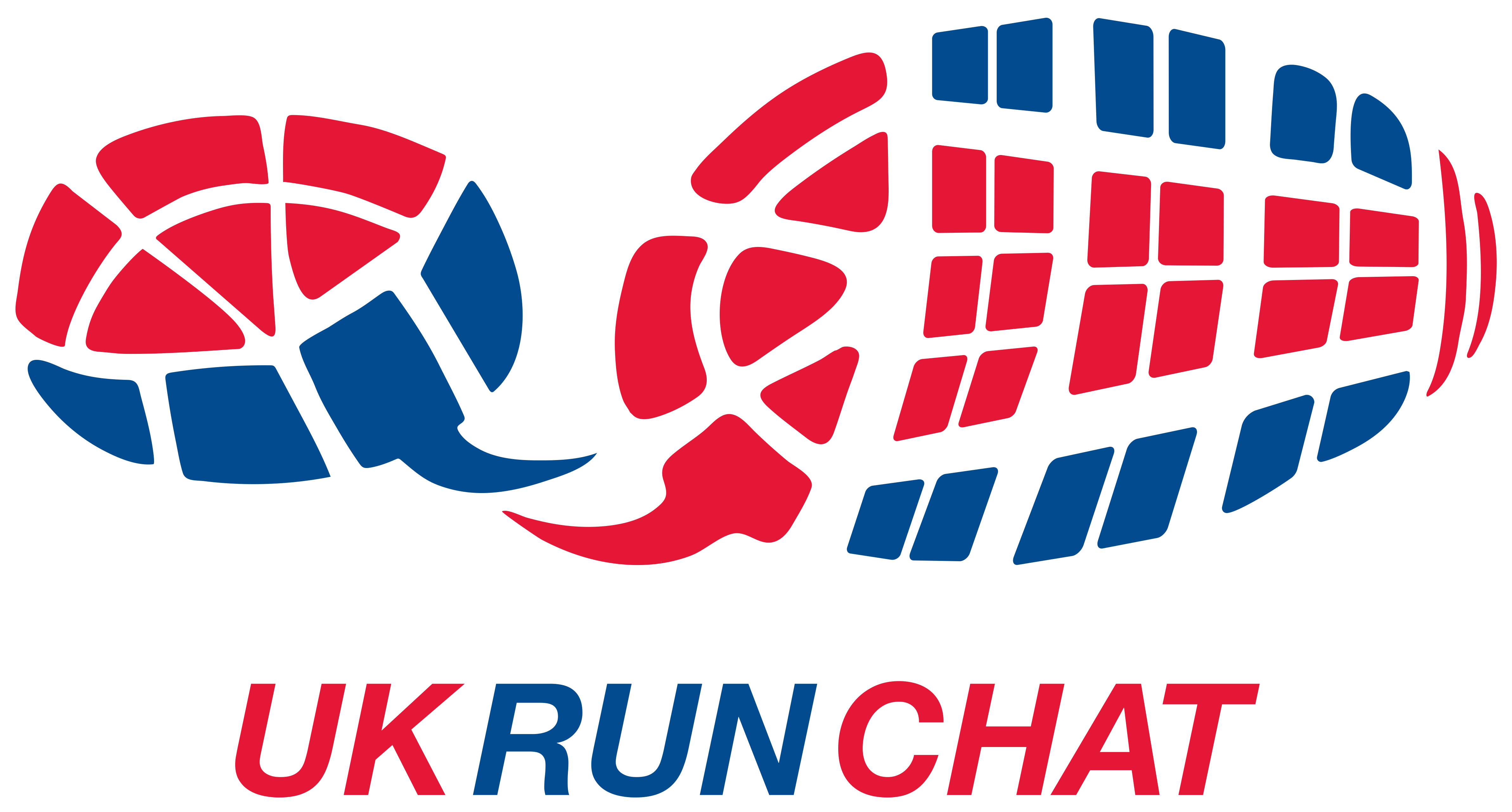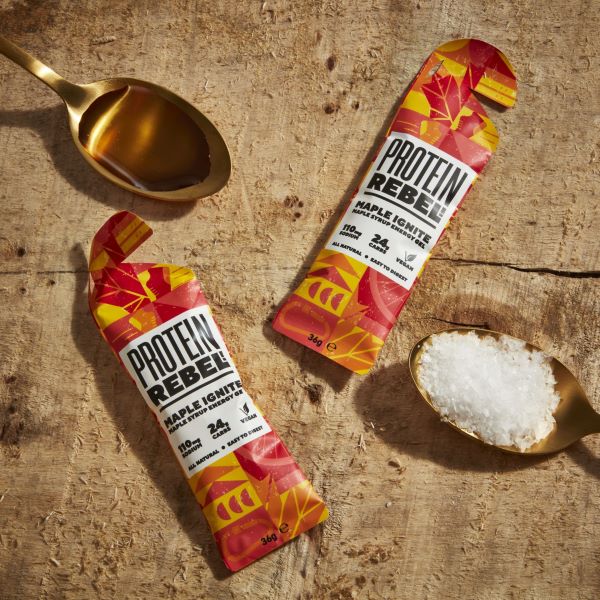When you run long distances, you simply can’t rely on water to keep you going. After about an hour, your body will look for fuel from your muscle glycogen, and this provides approximately two hours of energy. However performance will start to decline before muscle glycogen stores are fully depleted. Even when glycogen stores are at 50%, you’ll start to notice a deterioration in performance. This means you need to top-up glycogen levels as well as ensuring adequate hydration. So when should you start fuelling and what should you consume?
When to take on fuel
Start fuelling before your body truly need it to avoid a dip in performance. This is probably about 45 minutes to an hour into your run and the fuel should be easy-to-digest simple sugars from carbohydrates to give you the boost you need. The rule of thumb is 30g to 60g of carbohydrates per hour although this is bound to vary according to your size, how fast you’re running, and how quickly you’re burning through calories.
Carbs + electrolytes
A combination of carbohydrates, electrolytes and water are the ideal racing fuel. However, it’s just as important not to drink too much water as it is to drink too little, as excess water will dilute the much needed sodium in your body, potentially leading to hyponatremia. Hyponatremia is when the sodium levels in your body become dangerously low, and so a guide is to take about 450-700 ml of water per hour.
Sodium is an electrolyte that it’s important to replenish when running long distances as it’s lost in sweat, however potassium, calcium and magnesium are also important electrolytes as they balance fluid in the body. And consuming a mix of electrolytes rather than relying just on sodium ensures a proper electrolyte balance. In fact, sodium alone can case water retention and consuming it without other electrolytes could cause swelling in the hands, feet and ankles.
Cramps and bloating
Taking on the right nutrition is not always easy as gastrointestinal (GI) issues are common in up to 90% of distance runners. This is largely because when we run, the blood is rushing to our limbs and away from our stomach, making it more sensitive.
Our nutrition choices can also exacerbate GI problems, with foods containing high levels of fats and fibre causing digestion issues. And energy gels that contain lab-made ingredients such as maltodextrin, gelling agents and potassium sorbate will often cause cramping, bloating and a washing machine effect in the stomach. Not ideal when trying for a PB!
Natural fuel choices
Runners should look to more natural high carbohydrate and electrolyte fuel choices, especially if you experience stomach issues. For instance, pure maple syrup provides high carbohydrates while naturally containing the electrolytes potassium and calcium, as well as very high levels of manganese to help with carbohydrate metabolism and blood sugar regulation. By adding sea salt in the right quantity as found in Maple Ignite energy gel, this provides the missing sodium to deliver the ideal running fuel. With it being natural and water soluble, it’s also very easy to digest so is unlikely to cause GI distress.
Fuel that works for you
Ultimately, you need running fuel that works for your body. Just ensure you consume high carbs that are gentle on your stomach, electrolytes (ideally more than just sodium) and water (without overdoing it.) By having a plan, training your gut and listening to your body, you’re already on the path to success – and that PB!






